Prospective Thai cooperation in Vietnam’s automotive production
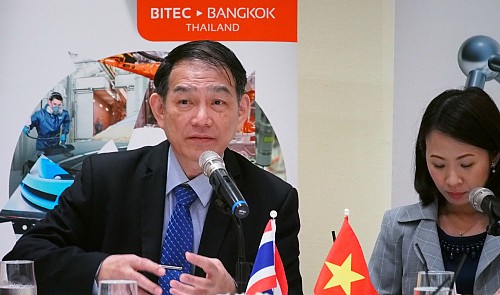
Vichai Jirathiyut, president of the Thailand Automotive Institute, gives a speech at a meeting with local businesses
and reporters in Ho Chi Minh City on April 2, 2015. Thoai Tran/Tuoi Tre News
At a recent conference on Vietnam’s automotive industry, president of Thailand Automotive Institute Vichai Pirathiyut stated that Thailand and Vietnam could be potential partners in the industry.
““Instead of viewing each other as competitors, I think Vietnamese and Thai firms could collaborate to attract foreign investment from the US, Japan and EU together,” said Pirathiyut.
“Moreover, after the ASEAN Economic Community (AEC) becomes reality,” he added, “ASEAN will share a single market and production base, which will help increase the inter-connectedness between the car industries of the region. For example, Thailand can learn from Vietnam’s superior motorcycle production system, and in return Vietnam can take lessons from the long-standing car manufacturing industry of Thailand. This will help the two countries grow simultaneously and achieve the growth targets together.”
According to Pirathiyut, the Vietnamese automotive industry is forecast to grow substantially over the next two decades, considering the country’s large population of more than 90 million, most of whom are within the working age bracket and have yet to use cars as their private transport.
Specifically, Vietnam is expected to produce 1.5 million units of automobiles in 2035, making it the fastest-growing production base among ASEAN members. Meanwhile, the Thai automotive market is saturating and thus slowing down production.
“Vietnam is already a rather large production hub for motorcycles, but I believe the country will also increase its presence on the regional car production and consumption map, especially with these promising statistics,” said Pirathiyut
Pirathiyut suggested that to increase its automotive industry competitiveness, Vietnam should focus on improving the domestic supply chain for automobiles. This sentiment is echoed by Pham Ngoc Tuan, lecturer at the Ho Chi Minh City University of Science and Technology and deputy president of the Ho Chi Minh City Association of Mechanical Industry, who argued that Vietnam still lacked the necessary supporting industries for successful car manufacturing.
“Vietnam’s support industry is still underdeveloped, while in Thailand there are already 2,000 supporting firms for automobile makers. They’re all small to medium-sized companies and grouped into clusters for efficient administration. I believe this is a key reason for the rapid development of the Thai automotive industry for the past decade,” said Tuan.
Indeed, while the domestication rate of motorcycle production is already at 90 per cent, the figure for cars under nine seats in Vietnam is merely 15 per cent. Toyota Vietnam, a leading automotive manufacturer, currently has 15 supporting firms, only two of which are domestic.
Pirathiyut also shared the three main requirements for post-AEC car production in the region, which are fuel efficiency, environmental friendliness and vehicle/vehicular roadworthiness. These topics will be discussed in-depth during the Automotive Summit in Bangkok, Thailand on June 24 and 25.
The Summit is organised as part of the /within the framework of the Manufacturing Expo 2015, which showcases ASEAN car firms from all across the value chain. Approximately 50 Vietnamese companies will participate in the exhibition.
In 2014, Vietnam produced 120,000 units of cars, a 29 per cent increase on-year. At the same time, 98,000 units of cars have been sold in the country, amounting to a 35 per cent rise compared to 2013.
Meanwhile, Thailand manufactured 1.8 million units of cars, with 800,000 for domestic sales and one million for exports. Being a regional leader in attracting foreign capital into car production, the country currently has 18 assembly facilities for 20 international automotive brands.
What the stars mean:
★ Poor ★ ★ Promising ★★★ Good ★★★★ Very good ★★★★★ Exceptional
Latest News
More News
- Work hour cut on agenda once more (May 16, 2024 | 21:00)
- Technology giants keen to embrace gifted engineers (May 16, 2024 | 19:00)
- Livestock farms face up to mass relocation challenge (May 16, 2024 | 17:00)
- Logistics firms take alternative steps (May 16, 2024 | 16:17)
- Logistics groups must work to mitigate Red Sea route tensions (May 16, 2024 | 16:09)
- Agricultural exporters face hardship amid escalating costs (May 15, 2024 | 18:43)
- Consumer confidence in economic recovery reaches five-quarter high (May 15, 2024 | 12:17)
- Daesang Duc Viet opens Hung Yen Factory No. 2 (May 15, 2024 | 12:16)
- Forex rate hike dampens business performance in Q1 (May 14, 2024 | 18:45)
- Prime Minister chairs seminar with Chinese businesses (May 14, 2024 | 17:04)



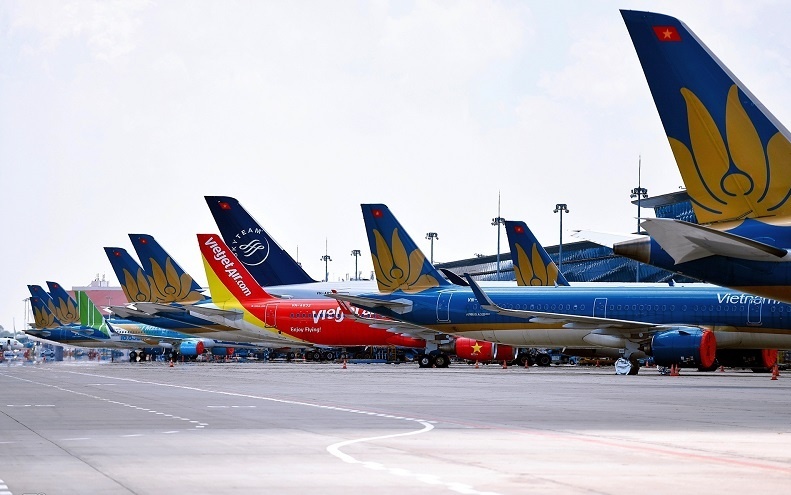

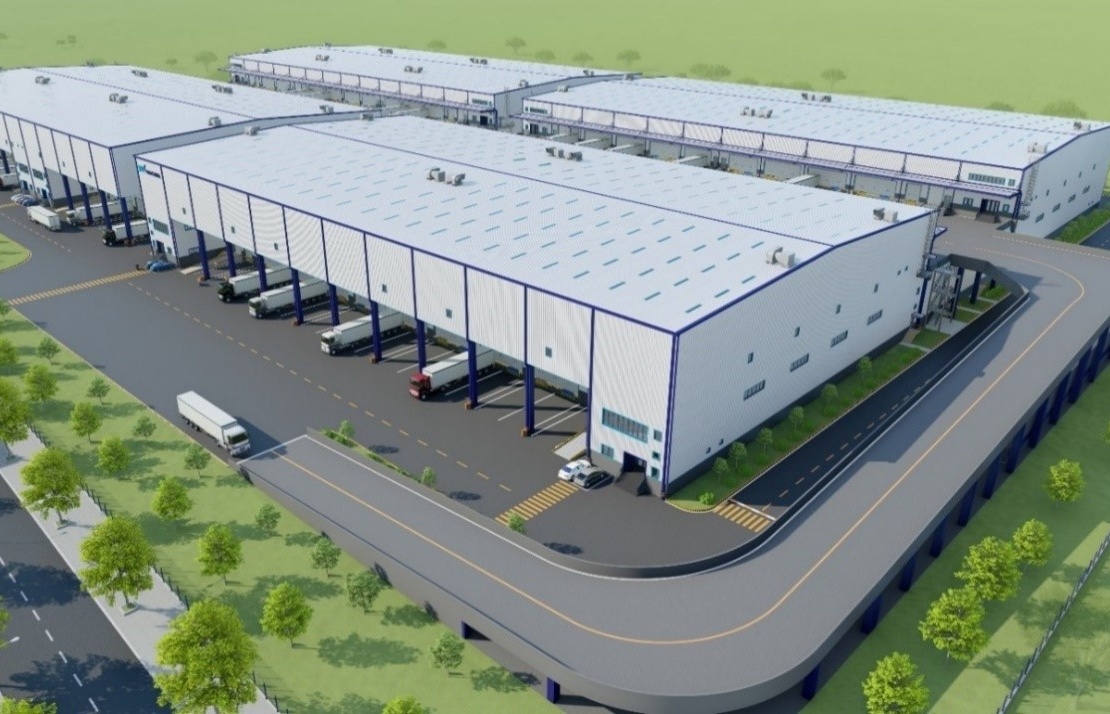
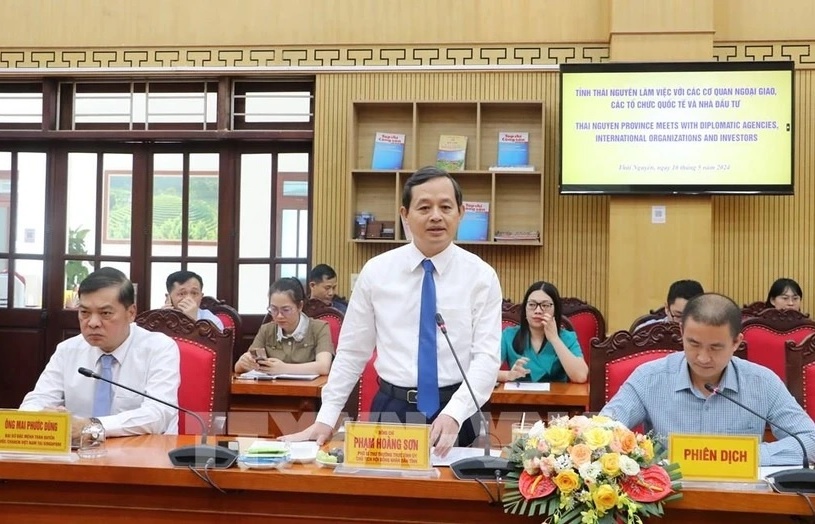

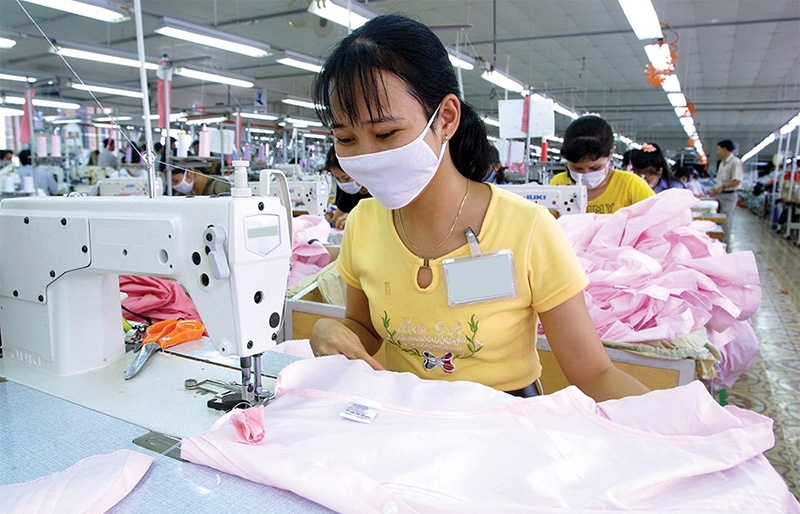


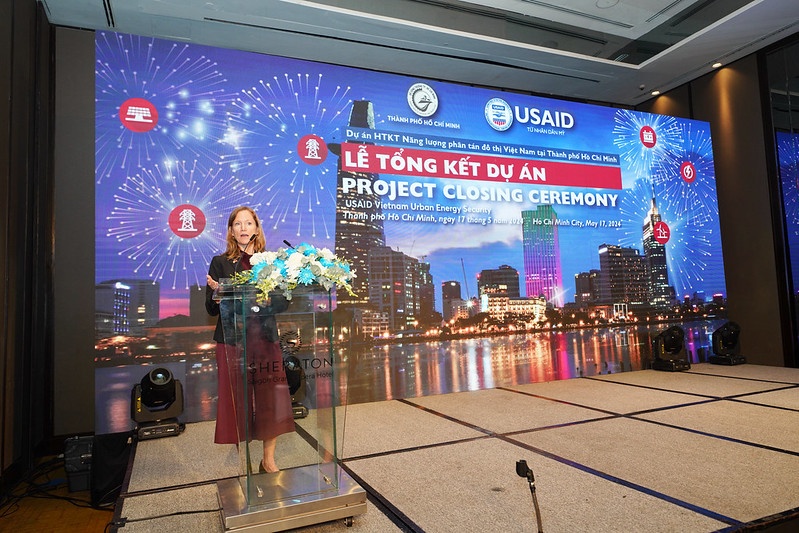






 Mobile Version
Mobile Version